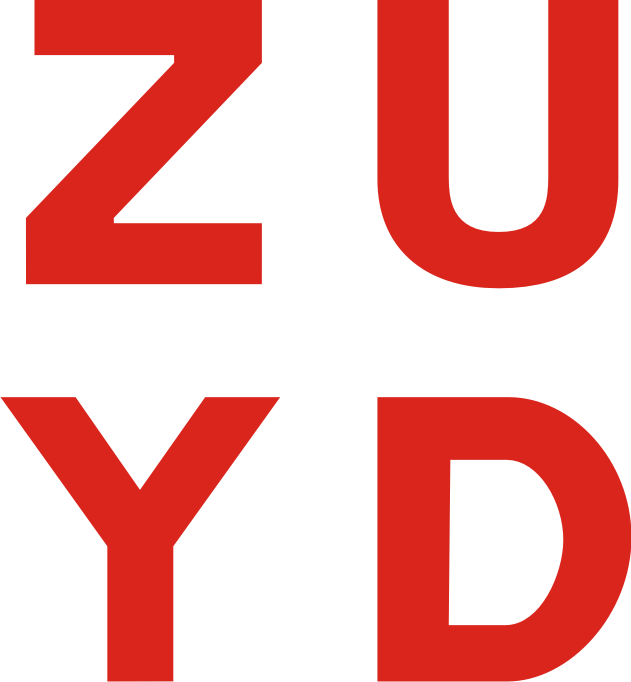A systematic review of the quality of burn scar rating scales for clinical and research use
- Authors:
- Tyack, Z., Simons, M., Spinks, A., and Wasiak, J.
- Abstract:
- Introduction: Scar rating scales have the potential to contribute to better evaluation of scar properties in both research and clinical settings. Despite a large number of scars assessment scales being available, there is limited information regarding the clinimetric properties of many of these scales. The purpose of the review was to inform clinical and research practice by determining the quality and appropriateness of existing scales. This review summarises the available evidence for the clinimetric properties of reliability, validity (including responsiveness), interpretability and feasibility of existing scales.
- DOI:
- 10.1016/j.burns.2011.09.021
- URL:
- <Go to ISI>://WOS:000300068900001
https://www.ncbi.nlm.nih.gov/pubmed/22047828 - Journal:
- Burns
- issn:
- 0305-4179
- Publication year:
- 2012
- pages:
- 6-18
- Symptom status:
- Physical state
- Age:
- Adults (18-65)
Children (0-18)
Seniors (65+) - Disease:
- Diseases of and symptoms related to the skin and subcutaneous tissue
Injury, poisoning and certain other consequences of external causes - PRO / non-PRO:
- Non-patient Reported Outcome
Patient Reported Outcome - Type of measurement instrument:
- 6 - Clinical rating scales
7 - Observations - Instrument:
- Hamilton Burn Scar Rating System
MAPS - Matching Assessment of Photographs and Scars
Modified Leung Burn Scar Assessment
POSAS - Patient and Observer Scar Assessment Scale (versions: mPOSAS) |
| 
VAS - Visual Analogue Scale (versions: vertical; horizontal; 0-10; 0-100)
VSS - Vancouver Scar Scale (versions: MVSS - Modified VSS [alias: (Termed) Burn Scar Index])
Yeong’s Burn Scar Assessment